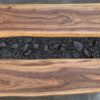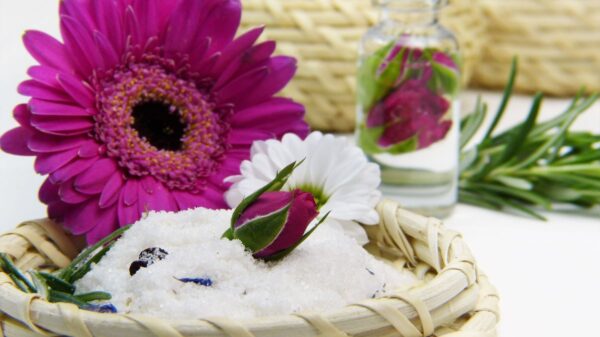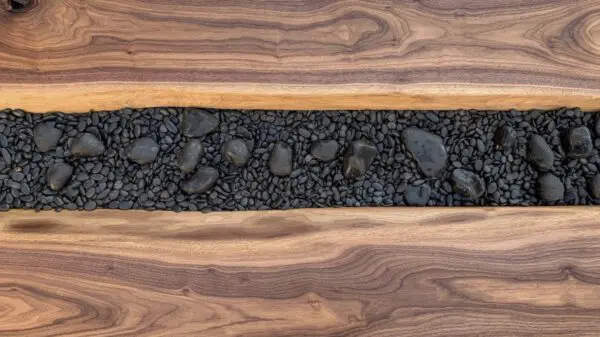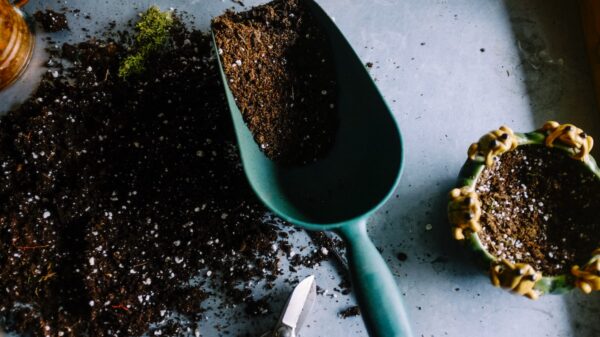Understanding Urea Fertilizer’s Effect on Plants
Urea Fertilizer is one of the best choices out there because as a nitrogen fertilizer, it takes care of essential parts of the plant. Nitrogen fertilizers are important for farmers and gardeners alike.
What does urea fertilizer do to plants? Nitrogen is the most commonly used fertilizer due to its low cost and abundance in Earth’s atmosphere, where it can be found in a variety of chemical forms. Since oxygen comprises 21 percent of atmospheric gas and makes up the largest portion of dry air, it makes sense that the first element we would encounter as we breathe is oxygen.
However, nitrogen gas (N2) is also a large component of the air we breathe and constitutes about 78 percent of dry air. Nitrogen fertilizer can improve soil health and plant growth by providing this essential nutrient to plants in a more readily available form than N2 gas.
It is often applied at the beginning of the growing season via granular fertilizers, which are slow-release compounds that release their nutrients over an extended period.
While nitrogen is necessary for plant growth because plants need nitrogen compounds to synthesize amino acids and nucleic acids, too much can prove poisonous. Too little can also present problems such as stunted growth and chlorosis (a condition resulting from insufficient chlorophyll).
Fertilizers help keep plants healthy by increasing the availability of nitrogen throughout the growing season, leading to healthier plants that produce higher yields, better fruit/vegetable quality, and flowers with more blooms.

History of Nitrogen Fertilizer
Nitrogen fertilizer has been used since 1782 when Johan Gahn discovered that calcium nitrate could be extracted from limestone deposits near his Swedish home.
Since then nitrogen fertilizers have been refined, especially since the latter half of the twentieth century when synthetic ammonia (NH3) allowed for increased fertilization of fields. Fertilizers made with nitrogen were dubbed “high-analysis” due to their high content of pure nitrogen with other nutrients.
Today there are three main forms of fertilizer: solid or crystalline, water-soluble, and gaseous. Nitrogen is an essential macronutrient that is needed by plants for protein creation and growth. Plants need 16 specific elements to grow properly including nitrogen, potassium, magnesium, sulfur, calcium, and phosphorus as well as micronutrients such as copper, zinc, and iron.
However, plants do not absorb nitrogen directly but rather through nitrates that are broken down into ammonia by soil bacteria. Nitrogen is primarily absorbed by plants through their roots but is also contained in the leaves, which helps explain why nitrogen fertilizers can dramatically improve vegetation.
How Does Urea Fertilizer Work?
Urea is a naturally occurring organic compound with the chemical formula CO(NH2)2. It is mainly synthesized for use as fertilizer, but it can also be used in various other processes or applications.
Urea fertilizer is produced from synthetic ammonia and carbon dioxide. According to the United States Geological Survey, the world production of urea was about 185 million tonnes in 2009. Russia is the world’s leader in the production of Urea with a 21% global market share.
The others are Iran (13%), Pakistan (10%), India (9%), Saudi Arabia (8%), China (6%), and Germany (4%). These seven countries account for 80% of the total world production of urea.
The majority of Urea Fertizler is used in agriculture. The fertilizer is typically sprayed on crops or spread over the soil, but it can also be injected into the ground to reach plants’ roots. It has a relatively slow-release, however, leading to increased water use by plants and a greater risk of nutrient runoff when compared with other common fertilizers.
Urea Fertilizer’s Main Function
The main function of Urea fertilizer is to provide the plants with nitrogen to promote green leafy growth and make the plants look lush. Urea is a naturally occurring substance in the body that helps break down proteins into amino acids that are then used for the production of new proteins.
It acts by providing nitrogen for amino acid formation, especially when the plant roots are unable to access the nitrogen from other sources like nitrates. It has always been difficult to get fertilizer down an unwilling soil column to where it will do the most good, especially when dealing with large-sized particles that don’t readily move through anything but sand or silt sands.
In many soils, however, small amounts of water at the right times move even clay soils enough to create some temporary holes that can capture slow-release nutrients or get larger fertilizer particles moving through solid soils. A new form of nitrogen can help in some cases.
As Urea acts by providing nitrogen, it can be applied either as an organic or non-organic fertilizer. The presence of water-insoluble in urea allows it to release its nutrients slowly without immediately harming the plant roots.
To apply this slow-release fertilization method, farmers usually this compound with other substances where one of the substances is a water-insoluble compound to create solid fertilizers.

Disadvantages to Using Urea
Well, one disadvantage of this fertilizer is that urea-based fertilization also promotes the production of green algae, which may choke up reservoirs when it accumulates much after being released into water bodies by rainwater.
Farmers usually apply urea sparingly so as not to risk heavy accumulation of green algae that will affect water quality for humans and animals alike.
High Alkalinity
The downside is urea’s high alkalinity rating on its NPK rating card, though it doesn’t contain nearly as much alkalinity as most other elemental forms of nitrogen used in fertilizer. The high content gives it one advantage: It often provides more immediate bang for the buck than other forms of nitrogen, due to its quick reactions with water.
That can be an advantage on clay soils where there is no chance at all of the slow-release fertilizers working unless a small amount of water moves them into any temporary holes in which they can lodge.
May Release Nutrients Too Quickly
Urea has a high nitrogen content, and it keeps producing fertilizer as long as it is exposed to water. It releases well over half its nitrogen immediately when added to wet soil, and the remainder breaks down slowly after that. In sandy soils that lack sufficient water movement, urea may release most or all its nutrients within 24 hours.
In heavy-clay soils where it seems nothing will move through but large particles moving through small spaces under pressure, urea may hold off on releasing its nitrogen until well over a month after application. That can be too long to make it practical, especially when there’s an alternative.
The biggest advantage of urea is that it’s easy to handle and offers high nitrogen at a reasonable cost compared with most other forms of nitrogen. It doesn’t burn plants as easily as sulfur-coated urea because the latter releases all its sulfur immediately instead of having some left in reserve for later, giving plants time to “soak up” roots and leaves before any harm is done.
Urea also works better than calcium nitrate, ammonium sulfate, or potassium nitrate if you want to adjust soil acidity levels because the latter three do not provide much nitrogen. Urea is the only material that will supply an abundance of ammonia to acidify soils sufficiently for most plants, though ammonium sulfate may be supplied as a liquid and ammonium nitrate provides plenty of ammonia as well.
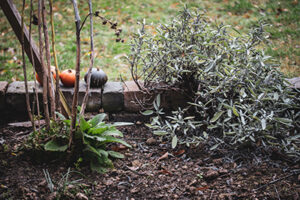
Should You Use Urea Fertilizer?
Well, there isn’t a perfect answer to this, and as a farmer or gardener, you half to weigh all of the facts and options presented.
There are conflicting thoughts about whether it is beneficial to use urea fertilizer or not. This is bound to happen when presented with a pro or con situation, but it’s important to understand both sides of the argument. While some people say that it damages the soil, others believe that the environment will benefit from it in various ways.
Urea Fertilizer Is Not Harmful to Soil
To begin with, urea forms a major part of organic waste and decomposes into ammonia gas, which then serves as an excellent source of nitrogen for plants.
Moreover, this compound does not pose any harm to the soil when used sparingly. Even though there isn’t enough research to back up both claims yet, farmers believe that increasing the usage of fertilizers results in better harvests.
One can infer from various independent studies that urea has no significant impact on our environment except when overused. This could result in the overgrowth of vegetation which in turn, could hamper ‘s biodiversity.
In Summary
So, the answer to the question is now on you. It is believed that a farmer must always take into account the pros and cons before opting for this source of nitrogen. There is no shame in taking time to make sure that you are doing what is right by your crops. It is encouraged.
Here is what we know. From what has been seen and shown throughout the years is that, when it comes to Urea Fertilizer, the benefits seem to outweigh the adverse effects if one goes about assessing his fields correctly.





